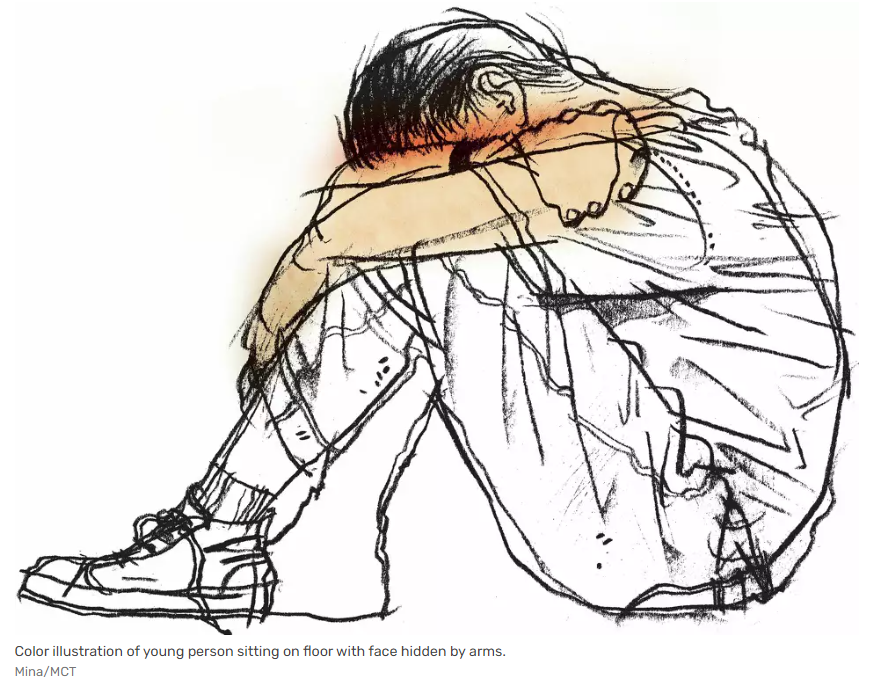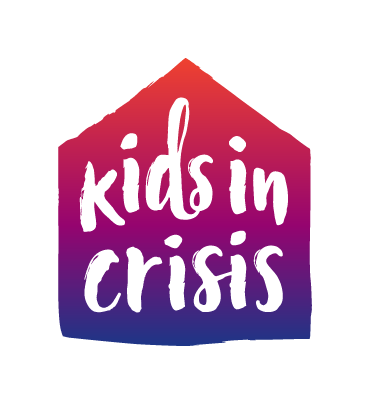By John Breunig – Published to CTInsider on March 25, 2024

Over the past year, two cops in two different towns have used the phrase “revolving door” to describe to me how hospitals are overwhelmed by children in mental health crises.
That same phrase has come up during conversations with EMS workers as well.
When I mention this to an emergency room doctor, her reply is blunt, and feels true: “It’s worse than a crisis. There should be another word for it.”
I finally decide to talk to Shari Shapiro. She has to use the word, as it’s in her job title as executive director of Kids in Crisis, which is based in Cos Cob and serves communities throughout Fairfield County.
I say “finally” for another reason as well. Shapiro opens our conversation Wednesday by starting with a “Q” instead of an “A”:
“How long have you been there?”
It’s a lob, but she puts a spin on the “long,” the “been” and the “there.” She intends it as a way of introduction. I feel like my answer merits an apology. I’ve been at Greenwich Time and its sister properties since 1986. She’s been there longer, since 1978, long before the Youth Shelter launched Kids in Crisis in 1992.
Yet our paths have never crossed.
That’s on me. So I’ve embraced a chance to talk to her about a new Kids in Crisis report that puts data behind what doctors, police, EMS and experiences navigating the galaxy of my own special needs kid are telling me. Connecticut’s children are suffering in seen and unseen ways. The alarms should be deafening, yet are in danger of becoming white noise as parents, teachers, caregivers and medical experts feel nearly as overwhelmed as the children.
There’s a lot of past Shapiro and I could catch up on, but the present is more pressing. Fifty-five minutes into our interview, she says words that are still tattooed in my mind: “We can’t keep up with the need right now.”
We’ve been primarily talking about the agency’s TeenTalk program, which embeds counselors in 17 schools. A sample of Kids in Crisis’ latest mental health stats adds the weight of data to whatever label we want to put on this.
- School administrator requests for counselors have risen 240%.
- Students’ participation in one-on-one TeenTalk counseling is up 24.5% from the previous school year.
- 60% of interactions with TeenTalk counselors were initiated by students.
There are many more tells in the data, but that should be enough. The kids are advocating for themselves too. At a recent Danbury Board of Education meeting, city students spoke up, proclaiming that there aren’t enough counselors to meet the needs at Connecticut’s largest high school.
The Danbury BOE chair pointed to the same obstacle cited by Shapiro and everyone else trying to hold back the tide — money.
“TeenTalk is the truest form of street outreach … to be where the kids are when they’re in need,” Shapiro explains, giving me the elevator pitch for the program. “When you have a counselor in school who works for an agency like ours, they become a 24-hour arm in the school for the kids. (Students) can reach out and talk to somebody and it’s confidential. Our counselor can go to the home, go to the hospital. They can work with them in the community. They are distinct from the school but work in partnership with the school. But … who pays for all that?”
In the case of Kids in Crisis, the money comes from municipal school budgets, which are undergoing their own post-COVID crises right now, along with state and private contributions.
There is some good news here. It may be the only good news that resulted from COVID-19. Shapiro acknowledges that the pandemic normalized the step of seeking support for mental health challenges. That’s the kind of thing that happens when no one is spared.
The list of challenges Kids in Crisis clients deal with would be distressing at any age: suicidal ideation, self-harm, depression, substance abuse, grief. Some of those issues are timeless. Others devolve. Shapiro has been there long enough to see teen drinking mutate into fentanyl use.
The Stamford Board of Education proactively asked Kids in Crisis to provide counseling for 78 city students who were believed to be homeless or facing unstable housing.
That’s just Stamford. The agency also serves New Canaan, Newtown, Darien, Norwalk, Ridgefield, Westport and Wilton, and are available to anyone in Connecticut. The Greenwich Boys & Girls Club hosts a TeenTalk counterpart named ClubTalk. One of Shapiro’s refrains is that “the problems don’t end when the kids get off the bus.”
Kids in Crisis served 2,948 students from July 1, 2022 through June 30, 2023. New Canaan is one of the wealthiest communities in America, yet is scaling back Kids in Crisis services in its middle school to try to handle them in-house.
And TeenTalk isn’t in the City of Bridgeport at all.
Among the 1,243 students who received individual counseling through TeenTalk were 168 in grades K-5 through the pilot program KidTalk at Hamilton Avenue Elementary School in Greenwich, which began last May.
That can be depressing to think about. It doesn’t have to be.
Teaching kids to ask for help needs to start before they get to middle school, before they reach the crisis stage. In an ideal world, Shapiro would love to have Kids in Crisis counselors in every school “because it lets us get to problems earlier.”
It’s taken us 38 years and a little more than an hour to connect, but Shapiro invites me to consider a more aspirational meaning for that word in her job title.
“We want to see crisis as an opportunity.”
There’s a battlefield of wounded children in our schools. They are learning to raise their hands and ask for help. That should be the loudest alarm of all. Call it a crisis. Call it anything. But the kids want to talk. They are the ones smashing the stigma.
